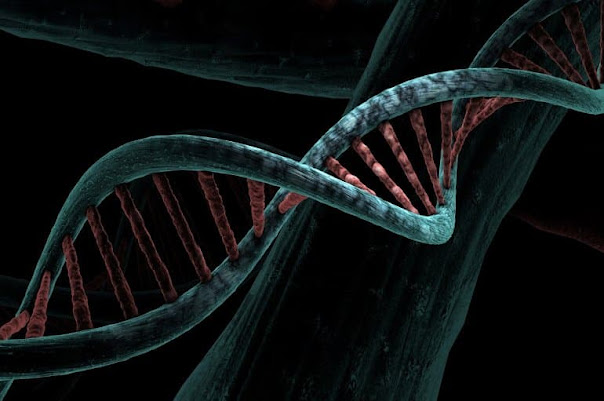Neurology and Neuro Disorders Conferences, organized by the Pencis group.
Thursday, 8 December 2022
New Genes Linked to Multiple Sclerosis Discovered
New research published in the Annals of Clinical and Translational Neurology has identified three genes and their expressed proteins that may be involved in the pathogenesis of multiple sclerosis.
By comparing information on the genes and proteins expressed in the brains of thousands of individuals with and without multiple sclerosis, investigators discovered different expression levels of the SHMT1, FAM120B, and ICA1L genes (and their proteins) in brain tissues of patients versus controls.
Studying the functions of these genes may uncover new information on the mechanisms involved in the development and progression of multiple sclerosis.
“Our findings shed new light on the pathogenesis of MS and prioritized promising targets for future therapy research,” the authors wrote.
About this genetics and multiple sclerosis research news
Original Research: Open access.
“Brain proteome-wide association study linking-genes in multiple sclerosis pathogenesis” by Tingting Jia et al. Annals of Clinical and Translational Neurology
Objectives
To identify genes that confer MS risk via the alteration of cis-regulated protein abundance and verify their aberrant expression in human brain.
Methods
Utilizing a two-stage proteome-wide association study (PWAS) design, MS GWAS data (N = 41,505) was respectively integrated with two distinct human brain proteomes from the dorsolateral prefrontal cortex, including ROSMAP (N = 376) in the discovery stage and Banner (N = 152) in the confirmation stage. In the following, Bayesian colocalization analysis was conducted for GWAS and protein quantitative trait loci signals to prioritize candidate genes. Differential expression analysis was then used to verify the dysregulation of risk genes in white matter and gray matter for evidence at the transcription level.
Results
A total of 51 genes whose protein abundance had association with the MS risk were identified, of which 18 genes overlapped in the discovery and confirmation PWAS. Bayesian colocalization indicated six causal genes with genetic risk variants for the MS risk. The differential expression analysis of SHMT1 (PFDR = 4.82 × 10−2), FAM120B (PFDR = 8.13 × 10−4) in white matter and ICA1L (PFDR = 3.44 × 10−2) in gray matter confirmed the dysregulation at the transcription level. Further investigation of expression found SHMT1 significantly up-regulated in white matter lesion, and FAM120B up-regulated in both white matter lesion and normal appearing white matter. ICA1L was down-regulated in both gray matter lesion and normal appearing gray matter.
Visit my site: https://neurology-conferences.pencis.com/
About Conference:
International Conference on Neurology and Neuro Disorders
Neurology and Neuro Disorders Conferences, organized by the Pencis group.
Abstract Submission - https://x-i.me/neuabs11
Member Nomination - https://x-i.me/neurmem6
International Research Awards on Neurology and Neuro Disorders
Award Nomination - https://x-i.me/abinom2
Subscribe to:
Post Comments (Atom)

No comments:
Post a Comment